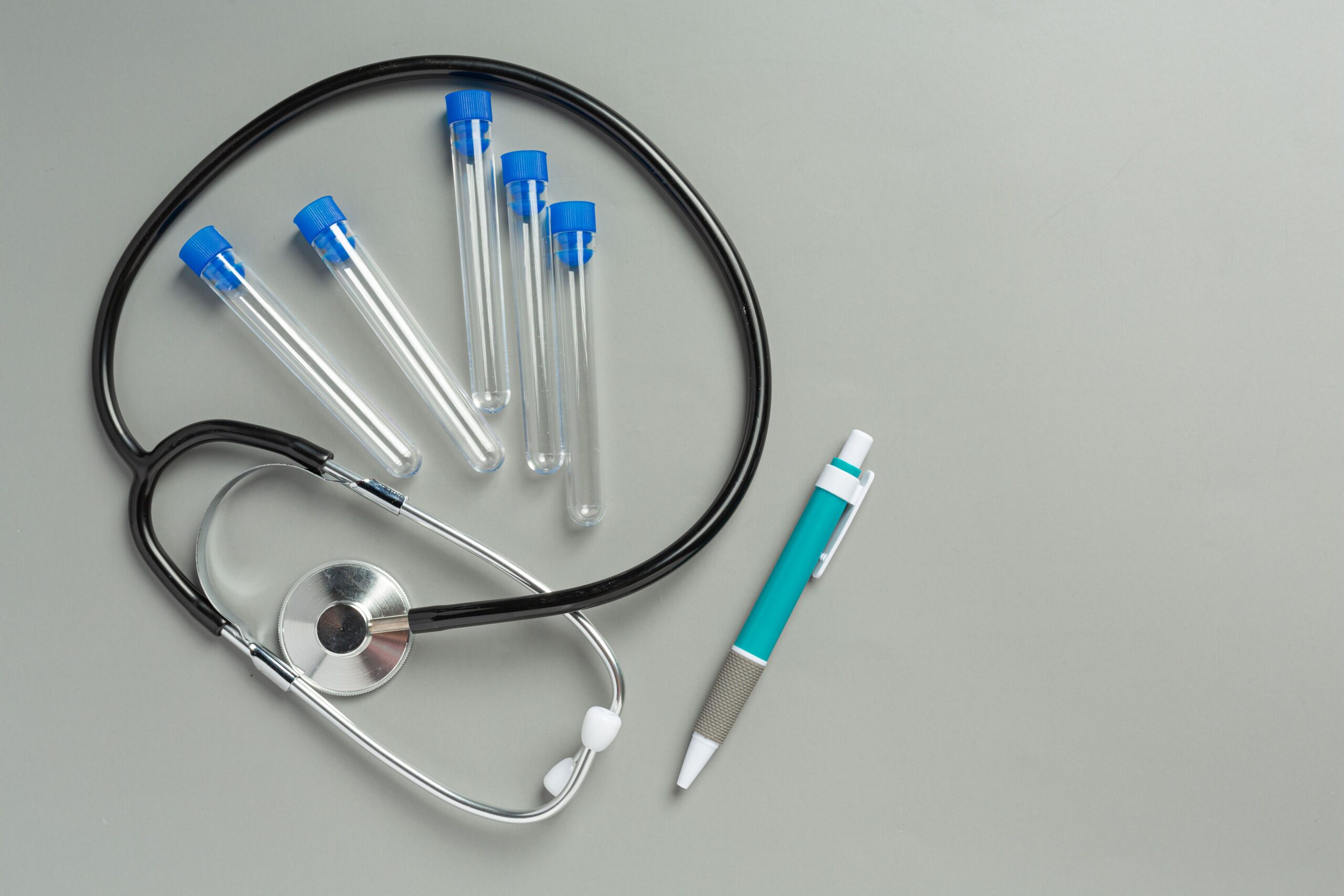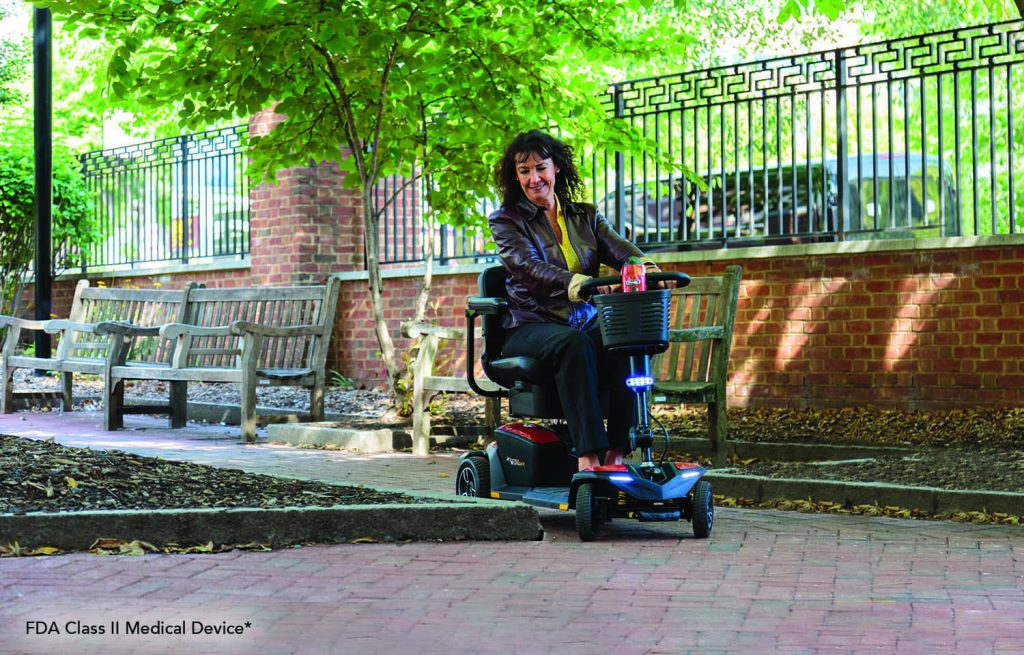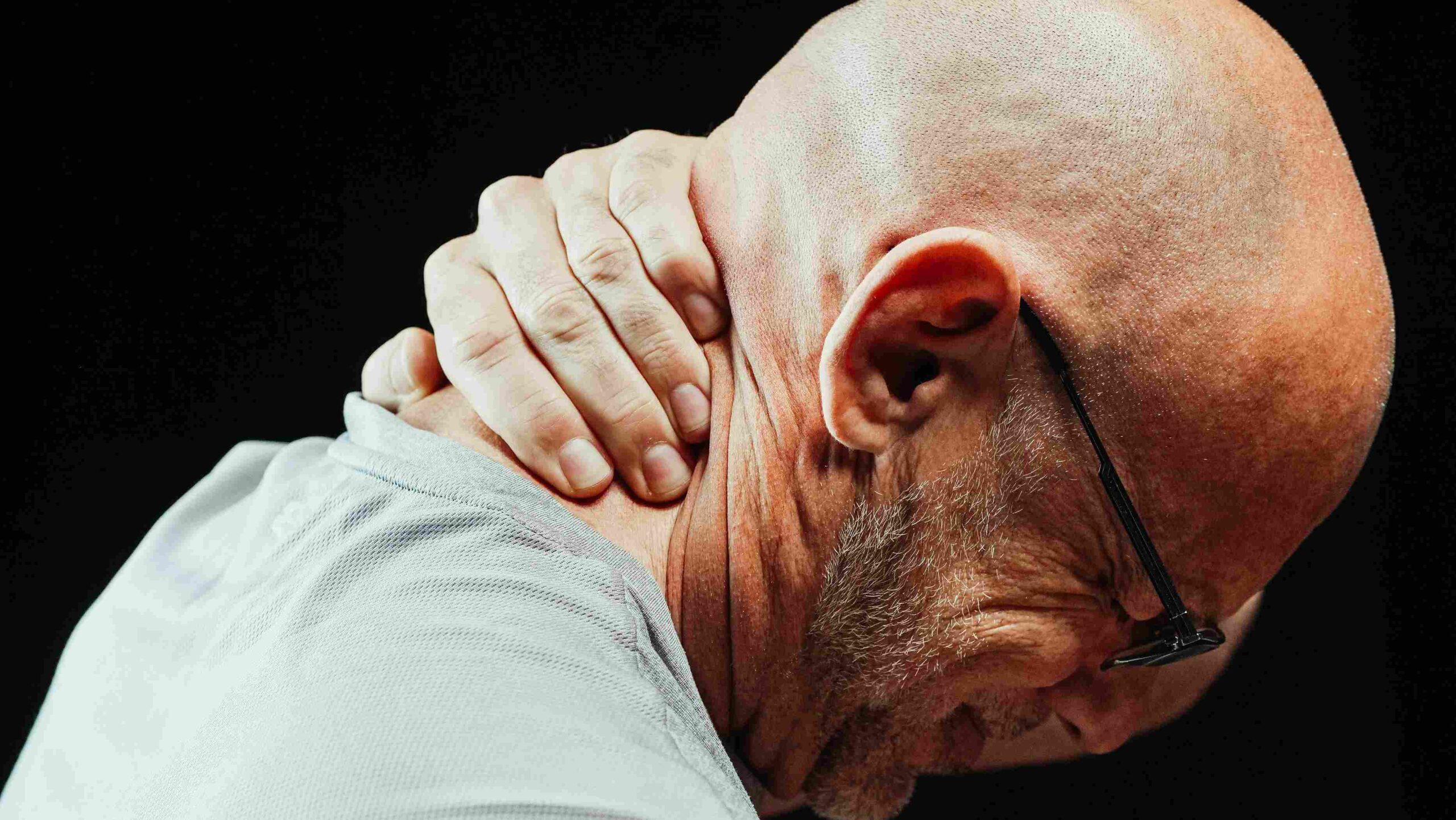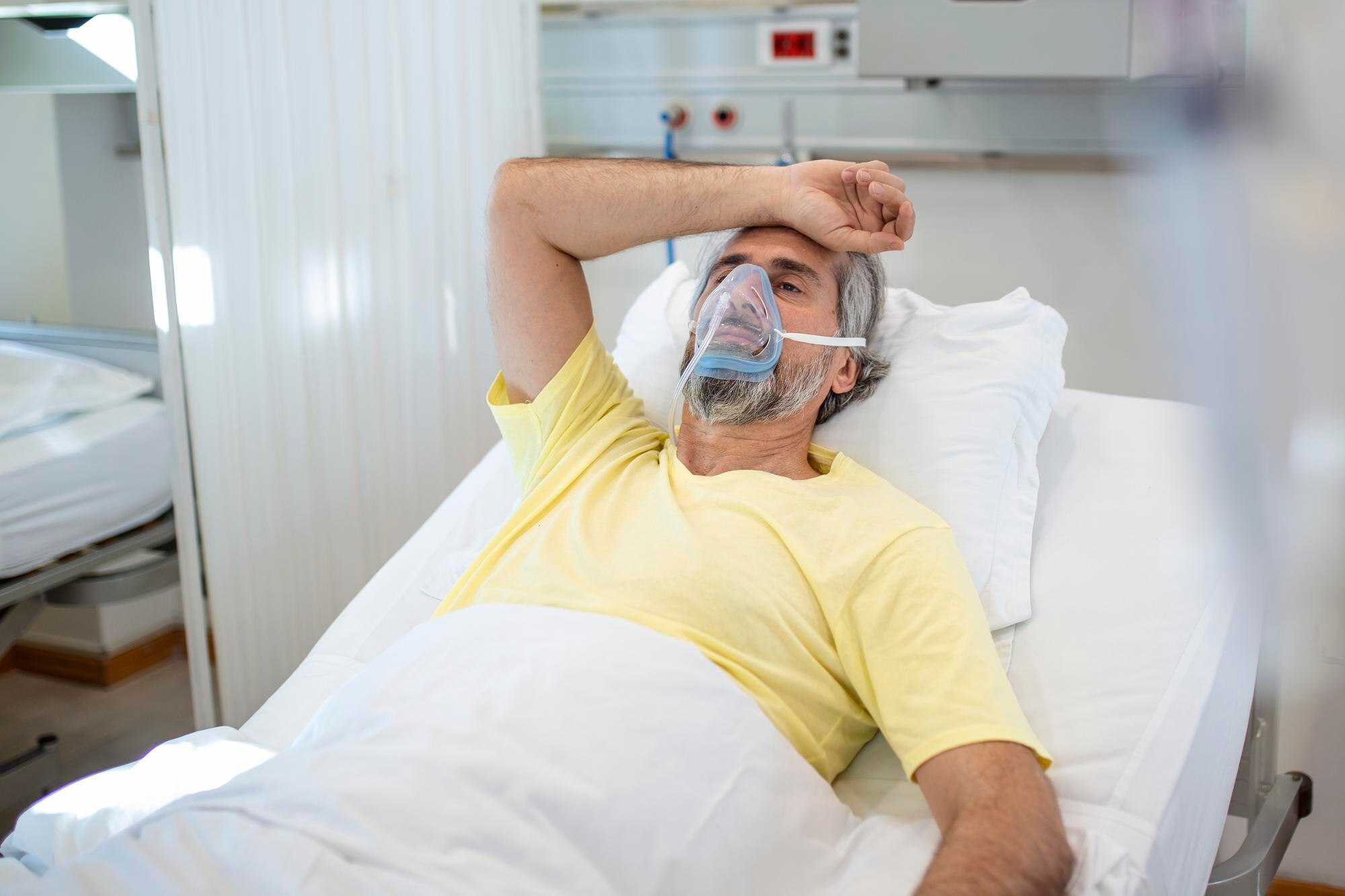Living with a chronic condition or mobility challenge often means relying on medical equipment to navigate daily life. For years, I struggled with inadequate or poorly suited devices, which left me feeling frustrated and limited. It wasn’t until I worked with the right professionals and found the equipment tailored to my needs that my quality of life began to improve significantly.
In this article, I’ll share my personal journey, the challenges I faced, and the profound impact that finding the proper equipment had on my independence, confidence, and overall well-being.
Understanding the Importance of Proper Equipment
edical equipment is more than just a tool—it’s a lifeline that supports your independence and health. Whether it’s a wheelchair, CPAP machine, or portable oxygen concentrator, the right device can:
- Improve Mobility: Enabling you to move more freely and participate in daily activities.
- Enhance Comfort: Reducing pain or discomfort associated with your condition.
- Support Health Goals: Helping you breathe easier, sleep better, or maintain strength.
- Boost Confidence: Allowing you to engage socially and professionally without limitations.
For me, finding the proper equipment was transformative. It wasn’t just about convenience—it was about reclaiming control over my life.
My Challenges Before Finding the Right Equipment
1. Feeling Limited by Poor Mobility Solutions
Before I discovered my current wheelchair, I used an outdated model that was heavy, cumbersome, and didn’t suit my lifestyle. It made navigating outdoor spaces and public places exhausting and discouraging.
2. Struggling with Ill-Fitting Medical Devices
When I first started CPAP therapy for sleep apnea, I was given a mask that didn’t fit well. It caused skin irritation and leaks, leaving me frustrated and sleep-deprived.
3. Lack of Professional Guidance
I often felt overwhelmed trying to choose equipment on my own, without guidance from knowledgeable professionals. This led to purchases that didn’t meet my needs and wasted both time and money.
The Turning Point: Finding the Right Equipment
Everything changed when I sought help from a team of specialists, including my doctor, occupational therapist, and a certified medical equipment provider. Here’s how it happened:
1. Expert Assessment
A thorough assessment of my physical condition and lifestyle needs helped identify the specific features I required in medical equipment.
Example: My therapist recommended a lightweight, foldable wheelchair with ergonomic handles for easier use on rough terrain.
2. Trying Different Options
Testing various devices helped me find the perfect fit. For my CPAP therapy, I experimented with nasal pillow masks and found one that fit comfortably and eliminated air leaks.
3. Personalized Adjustments
Customizing my equipment made all the difference. Adjusting the height of my wheelchair and the pressure settings on my CPAP machine ensured optimal performance.
The Impact of Proper Equipment on My Life
1. Enhanced Mobility and Independence
With a new, properly fitted wheelchair, I could navigate parks, grocery stores, and social events without fear of exhaustion. It opened up new possibilities for travel and recreation that I once thought were out of reach.
2. Improved Health and Comfort
Using a well-fitted CPAP mask improved my sleep quality dramatically, which in turn boosted my energy and mood. My oxygen therapy equipment ensured stable breathing during exercise, allowing me to stay active and healthy.
3. Increased Confidence
Having the right equipment gave me the confidence to re-enter professional settings and social circles. I no longer felt defined by my limitations but empowered by the tools that supported me.
4. Simplified Caregiving
For my family and caregivers, the right equipment reduced the physical strain of assisting me. Devices like a Hoyer lift made transfers safer and less stressful for everyone involved.
Key Takeaways: Choosing the Right Equipment
1. Work with Professionals
Seek advice from healthcare providers, therapists, and certified equipment specialists to find devices that suit your specific needs.
2. Test Before You Buy
Whenever possible, trial different equipment options to ensure comfort and usability.
3. Customize to Your Needs
Don’t hesitate to request adjustments or upgrades to make the equipment work better for your lifestyle.
4. Stay Informed About Advances
Technology is constantly evolving, so keep an eye out for new devices that could improve your quality of life even further.
5. Advocate for Coverage
Insurance often covers necessary medical equipment, but you may need to advocate for your needs. Gather thorough documentation and appeal denials if necessary.
FAQs
1. How do I know if my equipment is the right fit?
Proper equipment should feel comfortable, meet your functional needs, and integrate seamlessly into your daily routine. If it causes discomfort or frustration, consult with your provider for adjustments.
2. What if I can’t afford the equipment I need?
Explore financial assistance programs, manufacturer discounts, or insurance coverage options. Organizations like Medicare or local nonprofits may also help cover costs.
3. How often should I replace medical equipment?
The lifespan of equipment varies by type. For example, wheelchairs may last 3-5 years, while CPAP masks typically need replacement every 6-12 months.
4. What are the signs that my equipment needs repair or replacement?
Look for decreased performance, discomfort, or visible wear and tear. Regular maintenance can extend the life of your equipment.
5. How can I advocate for better equipment?
Work with your healthcare team to document medical necessity, research available options, and communicate your needs clearly to insurers or suppliers.
Conclusion: Empowering Your Life with the Right Equipment
Finding the proper medical equipment was a turning point in my journey, transforming frustration into freedom. Whether it’s improving mobility, enhancing sleep, or supporting daily activities, the right devices can make all the difference.
If you’re struggling with your current equipment or unsure where to start, know that resources and professionals are available to help. Don’t settle for less—advocate for yourself and invest in tools that empower you to live the life you deserve.






